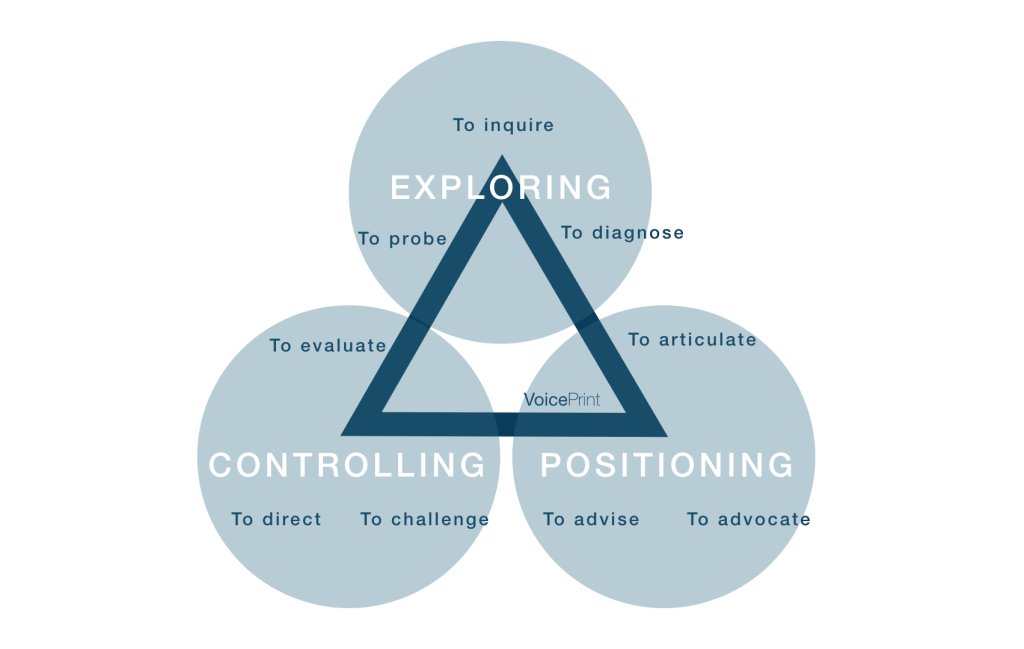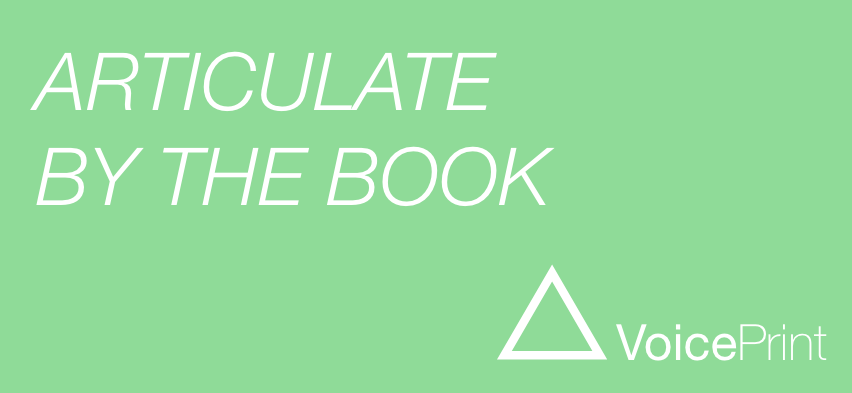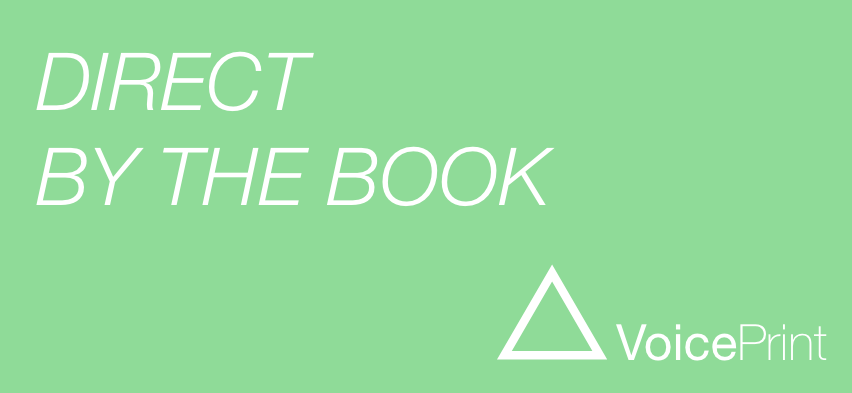
I recently attended a course to learn how to effectively facilitate Action Learning Sets. For those not familiar, the Action Learning Set methodology originates in the work of the late Reg Revans, an early and innovative management thinker, and is designed to promote the identification of specific, self-identified actions in response to real-world challenges and situations.
An Action Learning Set is made up, usually, of six to eight people. In most cases, one person will be the facilitator – the owner of the action learning process. Of the other participants, each takes it in turns to be the presenter – to be in the hot seat, where they share a current challenge or question they are stuck on, and in return receive the support of the group through a process of first clarifying and then open questions, asked with no agenda other than to expand their thinking and (hopefully) help them to self-identify some relevant actions.
I’d heard of and even encouraged the use of the methodology in my work before but had never stopped to consider the range of voices used in Action Learning. A couple were obvious, but the more I considered it, the more I realised that almost every part of the VoicePrint triangle could be in play during an Action Learning Set session.
Perhaps thinking about the process itself is the best way to consider it. It is probably also useful to have the VoicePrint model and the definitions of the nine voices to hand as we do so.

The Voices
Articulate
To describe and clarify in a precise, neutral, matter-of-fact way. The voice that combines and summarises other inputs.
Advocate
To hold a personal position or view, either for or against. The voice that pushes a case or argues for a viewpoint.
Advise
To suggest a course of action or way of thinking. The voice that offers a proposal or solution.
Challenge
To interrupt in order to improve the quality of what is happening. The voice that re-focuses.
Direct
To call (or recall) attention to a responsibility, required standard or boundary. The voice of authority that demands compliance.
Evaluate
To weigh up thoroughly and objectively, considering both strengths and weaknesses. The voice that deliberates and assesses.
Probe
To dig deeper, going beyond or behind what is already apparent. The voice that calls for further detail or disclosure.
Inquire
To ask open-mindedly in order to find out more. The voice that seeks to understand others.
Diagnose
To analyse in order to come to an understanding.
The voice that seeks to connect and make sense of information.
The stages of the action learning process and the relevant voices
Bidding
First, the facilitator will invite every member of the set to bid: to state in a clear and succinct way what they would present on, if they were to present today. The facilitator will also ask for an indication of each member’s energy and appetite to present today.
Facilitator: Inquire, Probe.
Set members: Articulate, Advocate.
Once every one has stated their bid, the facilitator will, as the name suggests, facilitate a decision between the group about who will present and, if more than one, in which order. This tends to draw largely on the energy and enthusiasm comments given by the set members earlier in the bidding round.
Facilitator: Evaluate, Probe.
Set members: Evaluate, Advocate, Advise.
Presenting
Once the presenter has been identified, the facilitator is likely to give a reminder of the process, and then the presenter is given the floor to talk uninterrupted about their identified challenge or issue.
Facilitator: Direct.
Presenter: Articulate, Evaluate, Diagnose, Advocate.
Clarifying Questions
Next the facilitator will invite any clarifying questions. If they hear any other types of questioning, they will step in and bring the group back to task.
Facilitator: Direct, Challenge.
Set members: Probe.
Presenter: Articulate, Advocate, Challenge.
Open Questioning
And then, the main event, the open questions. Here, the group is effectively coaching the presenter, by asking truly open questions with no personal agenda, all in service of presenter. Questions which the questioner isn’t sure will be useful are encouraged, because what is useful to the presenter will only be known by the presenter upon hearing it.
The facilitator may take a back seat but may also ask questions where this feels useful, or to model the behaviour and type of questioning expected from the set members. The presenter may choose not to answer a question, or may follow their thought process even if that means their words do not seem to answer the question which has been asked – whatever is of use to the presenter is central to the process.
Facilitator: Inquire.
Set members: Inquire.
Presenter: Diagnose, Evaluate, Challenge, Articulate, Advocate, Advise, Direct, Inquire, Probe – anything could happen, depending where the questions take the mind of the presenter.
The process then needs to move into action-oriented questions. This happens either by the facilitator modelling the move, or naturally as the set’s questioning turns in this direction. The presenter at this point is required to specify what they are going to do, based on what has been discussed.
Facilitator: Inquire, Probe.
Set members: Inquire, Probe.
Presenter: Advise, Articulate, Direct.
Reflecting
Finally, reflections: The time for questions is over. The set members are invited to reflect on the session; anything they have learnt, any offer to the presenter must be presented briefly and without advice. Notice the accent on clarity and shared understanding at this stage.
Facilitator: Articulate.
Set members: Articulate.
Presenter: Articulate.
The Implications
So, in VoicePrint terms, anything could happen during an Action Learning Set, but the presenter is the only person with the freedom to roam the triangle, out loud, in their spoken voice. The facilitator and set members are obliged to be more disciplined in the use of their voices by the action learning process. Crucially, during the body of the session, the presentation and questions, where the action learning itself takes place, the roles are clearly defined – the facilitator and the set members are in the exploring mode, and whilst the facilitator has the prerogative to dip in to controlling should the process need to be protected, the only person permitted into the positioning voices is the presenter, the owner of the issue that is being tackled.
The clear structure and roles of the action learning process produce a different sort of meeting. They enable it to maintain an unusual level of attention on the value of questioning to generate new, relevant and useful insights.
Guest contributor Katie Robertson currently works as the International Learning & Development Manager with the British Red Cross. She is a Master VoicePrint Practitioner.
Ready for a conversation?


